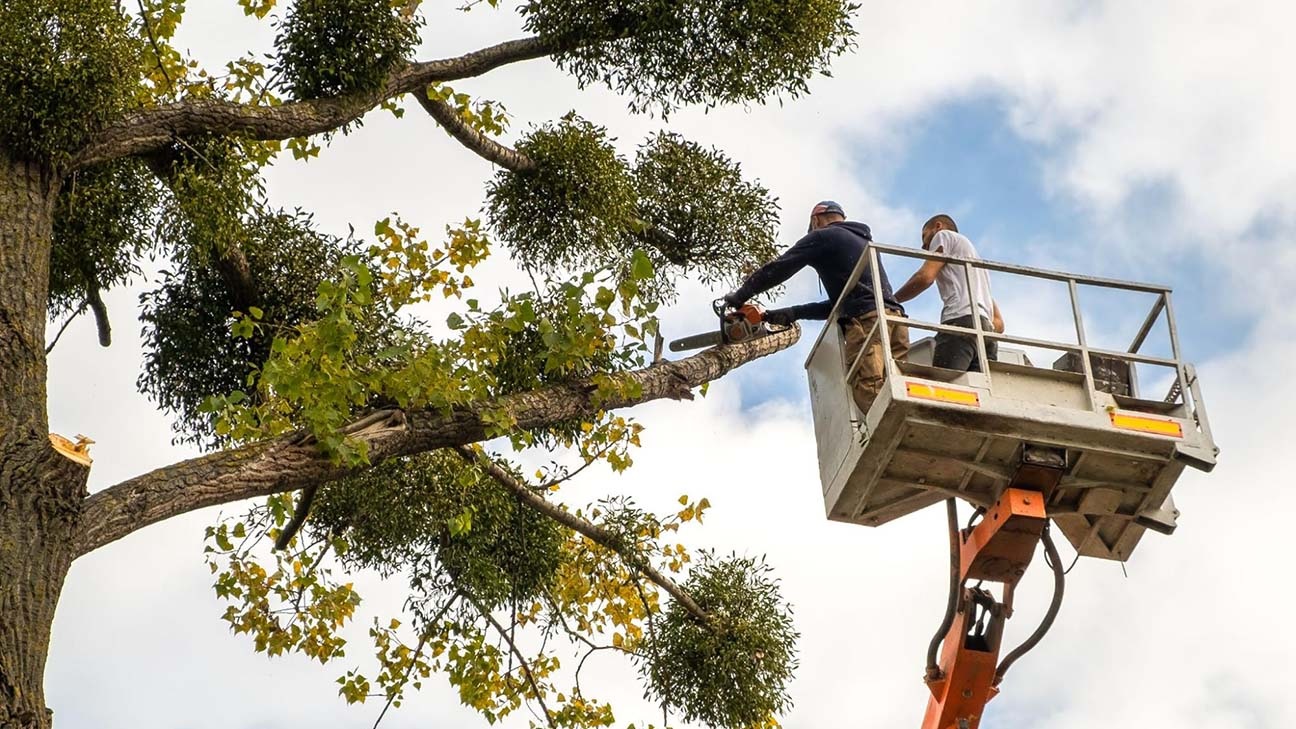Strategies for Successful Tree Cutting

Trees, with their majestic presence, play a vital role in our environment. However, ensuring their health and safety requires understanding the nuances of tree cutting. In this comprehensive guide, we delve into the importance of tree cutting, identifying the right time for the task, essential tools and techniques, potential risks, and environmental considerations. Whether you’re a homeowner, landscaper, or DIY enthusiast, mastering the art of tree cutting is crucial for promoting tree health and maintaining safety in your surroundings.
Understanding the Importance of Tree Cutting
Trees are not just silent spectators in our landscape; they actively contribute to the ecosystem. Proper tree cutting practices go beyond aesthetics, encompassing the overall health and safety of the tree. Pruning, an integral part of tree cutting, aids in the removal of dead or diseased branches, promoting new growth and ensuring the tree’s longevity. Additionally, it enhances the overall aesthetic appeal of your property.
Identifying the Right Time for Tree Cutting
Seasonal considerations are paramount when planning tree cutting activities. Different tree species have distinct needs and understanding the impact of weather conditions on their health is crucial. Signs of distress, such as disease and structural issues, should be recognised promptly, guiding the decision on when to initiate tree cutting.
Essential Tools and Equipment for Tree Cutting
Equipping oneself with the right tools is essential for effective tree cutting. Chainsaws, available in gas-powered and electric variants, are the go-to choice. Safety gear, including helmets, face shields, and chainsaw-resistant clothing, is non-negotiable, ensuring the well-being of the individual handling the task.
Techniques for Efficient Tree Cutting
Pruning and felling trees require precision. Proper pruning methods involve the strategic removal of branches, addressing both health and aesthetic concerns. When it comes to felling, assessing the tree’s lean and establishing escape routes are critical steps in avoiding accidents and damage to surrounding structures.
Addressing Potential Risks and Challenges
Tree cutting, especially with overgrown branches, poses inherent risks. Mitigating the dangers of falling debris and ensuring a secure work environment are crucial aspects of the process. Understanding the challenges and addressing them head-on contributes to a safer and more efficient tree cutting experience.
Environmental Considerations in Tree Cutting
Beyond the immediate benefits, it is essential to consider the broader environmental impact of tree cutting. Being mindful of the surrounding ecosystem and implementing sustainable practices in tree removal contribute to a healthier environment.
DIY Tree Cutting vs. Professional Services
The decision to embark on a DIY tree cutting project or seek professional assistance depends on the scale of the job. Small pruning tasks may be suitable for a DIY enthusiast, while large-scale tree removal or complex operations are best left to trained professionals.
Legal and Ethical Aspects of Tree Cutting
Local regulations regarding tree cutting must be understood and followed. Respecting ethical guidelines in the treatment of trees ensures that tree cutting activities contribute positively to the community and environment.
Maintaining Trees After Cutting
The tree-cutting process does not end with the felling of the tree. Proper disposal of tree debris and post-cutting care measures, such as applying tree wound dressings and monitoring for signs of stress, are crucial to the tree’s recovery and the overall success of the cutting operation.
Mastering the art of tree cutting requires a holistic approach that goes beyond the immediate task at hand. Whether you are a homeowner looking to enhance your property’s appeal or a landscaper navigating the intricacies of tree maintenance, this comprehensive guide equips you with the knowledge and tools needed for effective and responsible tree cutting.











